The Audi A4 with the B8 codename is definitely a popular used car. And it is understandable because it has numerous advantages like the: nice interior, the still modern looking exterior, the very good price which starts at around 5 000 €, or the great Quattro 4wd system (which is in this case still the proper good old system with the Torsen differential and not some delayed electronic clutch imitation which prefers FWD).
Besides the regular saloon and the Avant version there is also the A4 Allroad and the A4L.
-the A4 Allroad is just a regular Avant version equipped with a plastic off-road-ish body kit and an increased ground clearance by 37mm to a total ground clearance of 188mm. So it’s definitely NOT some kind of a special A4 heavy-duty-super-duper off road version capable of going everywhere…
-the A4L on the other side is the long version of the regular saloon with bigger rear seat legroom made exclusively for China
Interior
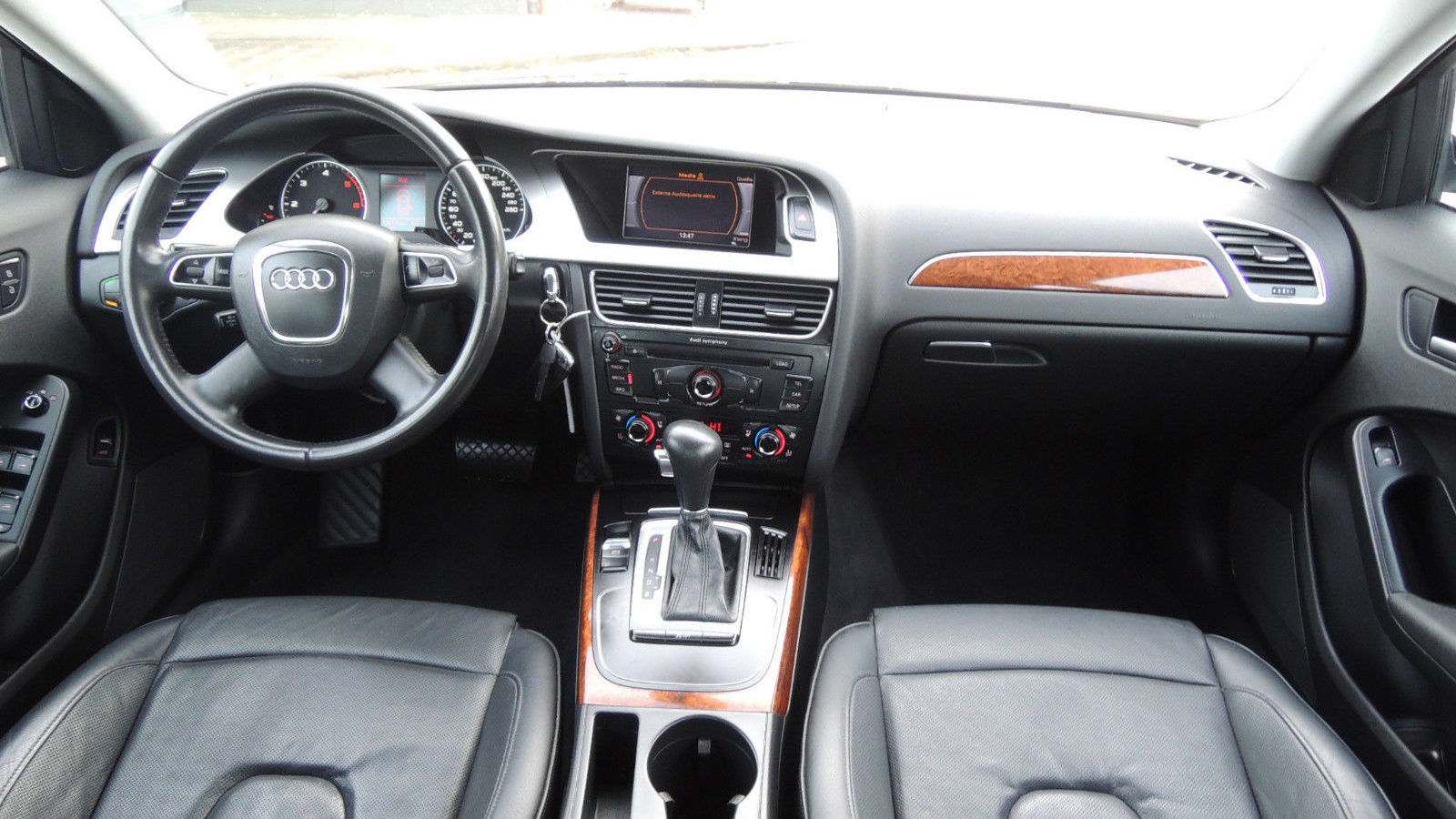
This A4 has numerous improvements in the interior compared to the predecessor. First of all it’s newer of course (no shit), then there are the different variations of the new MMI multimedia system, the space in the rear seat area is more generous, and to top of that this newer A4 doesn’t have issues with peeling plastic unlike the older model which is infamous for this particular “feature”. So the durability of the materials definitely improved, except maybe the start-stop button which can be occasionally worn out. (price for the updated genuine start stop button – 56 €, part number: 8K0905217C )
The practicality improved too – the door storage areas for example are larger so you can fit a water bottle in each door. The sound insulation of the interior is very good, as well as the build quality (although some owners complained about occasional rattles from the dashboard or doors).
On the other side the standard equipment in this Audi was almost that poor as in the previous model, which means that there really is a big difference between a well-equipped and a poorly equipped car. But the difference is actually not only in the equipment itself but also in the overall ergonomics or – the user friendly level. So the optional systems in the interior do improve even the overall ergonomics.
There are various variations of the MMI multimedia system itself such as:

standard unit with the red monochromatic display which has only radio (LEFT)
optional unit with the red monochromatic display which has navigation (RIGHT)
optional unit with color display but with radio only (without the MMI control panel under the shifter)
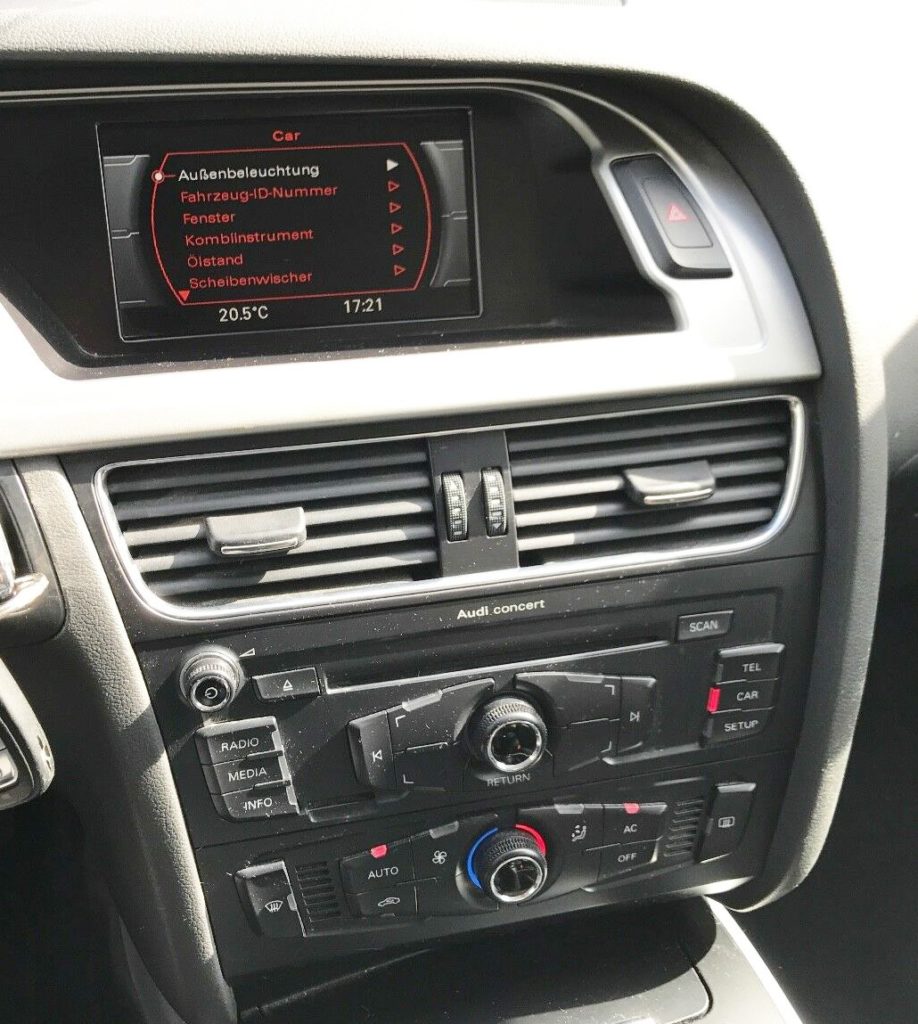

optional unit with color display and with navigation system – MMI control panel under the shifter
And there are 3 types of front seats:



From the optional equipment I would also mention the ventilated front seats which is a rare feature. It was a rare feature in this segment back then since for example: the BMW 3 series E90 from that time or even the successor of this BMW-the F30 model is not available with ventilated front seats.

Body, paintjob, rust protection
It’s definitely a good idea to check the car properly for rust spots or little rust bubbles – mainly if the car was used on winter salty roads.
I’m not saying that this A4 is infamous for rust issues, but interestingly there are more than enough cases of rusty front fenders mainly on the before facelift cars used on winter salty roads. This is caused by either the stones which will hit the fender edge, or in a lot of cases the rust will simply start from the inside of the edge. Of course in many cases it was fixed under the warranty by repainting the fenders or replacing them completely, but the rust can come back even if the fender was repainted. And actually it seems like Audi noticed this issue as well since the facelifted cars do have plastic protection guards on the lower edges of the front fenders fitted from the factory. The good thing is, that if you have a before facelift car then you can also buy these protection guards – but you have to modify them a little and glue them onto the fender edge. (price for the genuine plastic stone guard – approx. 25 €, part number: 8K0-853-823)
Surprisingly the fenders are not the only place which can rust, because there are also cases of rust spots on the tailgate near the tail lights, or on the edges – on both the sedan and avant versions. Of course this is not extremely common but it’s still good to keep this in mind.
Possible problems
The good thing is that there are not many issues with the equipment or with the electronics of this A4, but:
1. Door locks
–failed door locks is a pretty common problem, so in this case you won’t be able to open the doors from the outside, just from the inside. The easiest solution is to buy a new door lock, but if you have the time you can first try to disassemble the lock completely and clean a tiny electronic motor in it, which can mostly solve the problem. (new door lock – 137 €)
how to remove the door panel and the door lock-video
how to disassemble the door lock itself and clean the motor-video
2. Some electronics
-of course check all the electronics and pay bigger attention to the electronic parking brake, keyless entry–if the car is equipped with it, or the AC which can occasionally fail too
3. Software
-as in the other modern cars the software updates will fix some of the minor electronic glitches, in this case mostly related to the MMI system itself
4. Rear windscreen wiper motor (Avant)
-if you are buying the avant or the allroad model then you should also check if the rear windscreen wiper and washer system is working properly, because the rear windscreen washer motor can leak washer fluid-which will first leak into the motor itself and then into the tailgate. If you don’t solve this issue then over time the washer motor will get permanently damaged.
Water leaks into the interior
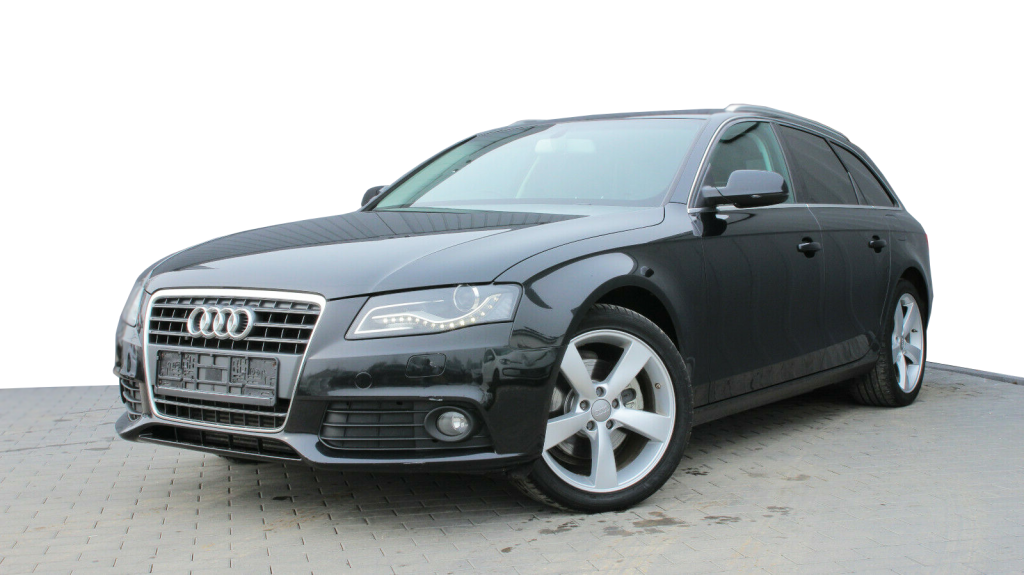
If you watch my videos then you know that checking for water leaks in the interior is always a good idea! This A4 is not an exception, since the water can leak in because of the clogged scuttle drains under the windshield or because of the sunroof water drains.
Scuttle drains
-the scuttle drains are not hard to reach: you just have to remove the plastic cover under the windshield and clean the area under it properly (the clogged scuttle drains will allow the water to leak into the front interior footwell)
Sunroof drains
-on the other side there are 4 drain tubes in each corner of the panoramic sunroof or the regular sunroof. These drain tubes can be clogged, but also the upper plastic endings of the drain tubes can get a little loose over time creating a gap around the connection which allows the water to leak not just into, but also onto the drain hose and into the interior. By the way the first generation Q7 or the Q5 are also affected by this possible issue. To access these drains you have to remove certain parts of the headliner which is a “very fun” job to do. So if you don’t want to experience this, then avoid cars at least with the panoramic sunroof which has other great features as well like the: occasional various squeaks/rattles while driving on bad quality roads, or it can have sometimes issues with the closing too.
+CHECK for water in trunk area as well – If you have water in the left side of the trunk where the amplifier is located and you have a sedan/saloon version without the sunroof, then check if the rear windshield is not letting the water inside since there were a couple of cases when the rear windshield was not fitted properly from the factory. But usually the water can leak in there mostly because of the clogged sunroof rear water drains.
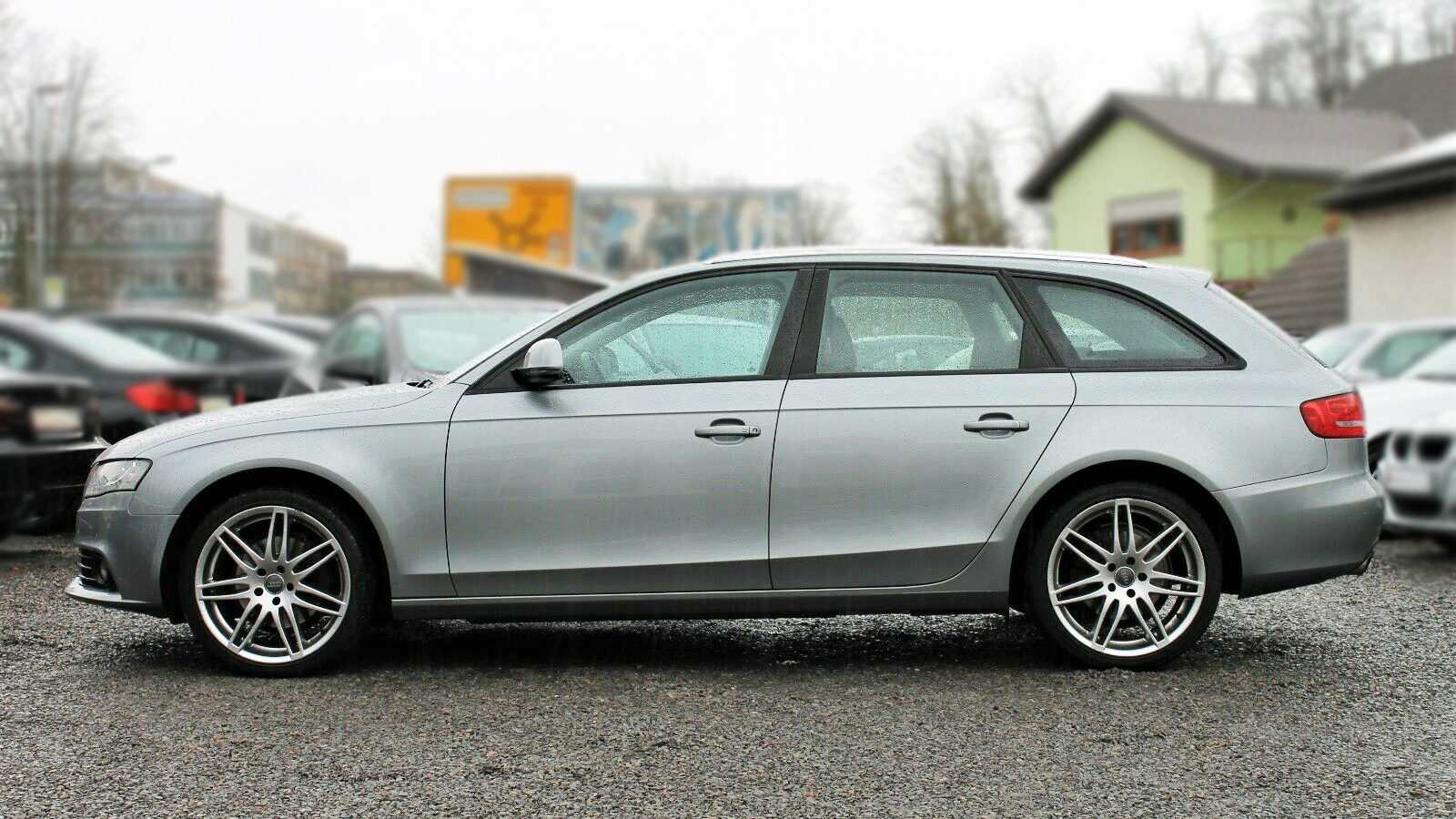
Suspension
This A4 was available with the:
- standard suspension
- lowered factory sport suspension
- electronically adjustable shock absorbers
As always check for all those knocking or clunking noises from the suspension and be prepared that the electronic shocks are obviously more expensive than the regular type.
The optional sport suspension is really stiff – mainly combined with bigger wheels, so try out the car properly before buying if this characteristic won’t bother you.
The good thing is, that the suspension components starts to wear out usually just after 200 000 km / 124 000 mi, although the wheel bearings can fail earlier – sometimes even after 50 000 km / 30 000 mi. bad wheel bearing sound-video
“the price for all front genuine control arms is around 1 442 € – 4 on one side, 4 on the other side”
“replacing both front genuine wheel bearings can cost around 620 €”
+it’s definitely good to check for vibrations from the car itself and from the steering wheel at all speeds-but mainly from 100 km/h / 60 mph. Because cars made to 2009 are equipped with smaller bushings in the front lower control arms which can cause these vibrations – mostly if the car has aftermarket wheels or bigger than 18″ wheels. Some owners changed the bigger aftermarket wheels to the smaller genuine wheels and this way they got rid of the vibrations. However cars made from 2010 do have updated lower control arm bushings so they should not be affected by this issue no matter how big wheels are fitted on them.
Petrol engines

When it comes to petrol engines the situation is very similar to the VW Passat B6 and B7, so it’s not that good, since all of the 4 cylinder engines made to 2011 can have more often problems with the prematurely worn timing chain mechanism or oil consumption.
1.8 TFSI, 2.0 TFSI
Timing chain / tensioner issues
-In these early engines made to 2012 the timing chain can be easily worn out at around 150 000 km but also before this mileage point – so even before 100 000 km. In this case you will mostly get a short louder rattle at cold start from the engine and if you let it be, then the chain tensioner fails allowing the chain to skip causing: check engine light, fault codes, misfires/rough idle and you will eventually end up with a damaged or a destroyed engine. Inconvenient I would say. So it is a good idea to preventively replace the timing chain mechanism after 100 000 km in cars made to 2012, although there should be an extended warranty in the US for the timing chain mechanism of these cars made to 2012 for 10 years or 100 000 mi, so the dealer should completely or partly cover the repair costs if the chain fails.
The timing chain tensioner was redesigned several times, but only cars made from 2013 are equipped with the finally sorted tensioner. And that’s why the very best is to choose a 4 cylinder petrol engine made from 2013. Of course some late 2012 models can have the updated tensioner too, but nobody knows if the car really has it unless you check it visually.
Camshaft bridge issues
Keep in mind that if you are replacing the timing chain mechanism, then it’s also important to preventively replace the cam-bridge or camshaft bridge or camshaft bracket in other words. A tiny screen in it can become loose or fall out and either end up somewhere in the oil path, or gets stuck between a metallic ball which acts like a valve to control the oil pressure to the camshafts. This can cause oil starvation issues in the cylinder head and lead to premature camshaft wear + other issues which are definitely not good. Inconvenient I would say. But actually some say that the metallic ball can even completely fall out as well and cause other serious damage in the engine. Fucking inconvenient too I would say.
Luckily only cars made to 2009 are mostly affected by this, since they have the earliest weak cam bridge. But because the cam-bridge was revised more than 3 times I would replace it also in younger cars togheter with the timing chain.
Oil consumption
-Then there is the infamous issue with the excessive oil consumption which affects mainly the 4 cylinder engines made to 2011. The oil consumption is caused by undersized pistons, undersized piston rings and badly designed oil scraper rings – this is basically the area under the piston rings + thanks to the long oil change intervals the badly designed area under the piston rings gets clogged up with carbon. Because all of these reasons the oil will easily enter the combustion chamber and burn with the fuel. If you won’t solve this in time then the oil consumption will get only worse and you will end up with a clogged catalytic converter and destroyed engine in the worst case!
To fix this oil consumption in these early engines you have to replace the pistons+piston rings (if there is no other damage of course). Although the pistons were replaced a lot of times under warranty + there should be an extended warranty for 8 years / 80 000 mi in the US for this particular issue.
“price for replacing the pistons at the dealer 4 000 – 6 000 €, at an independent mechanic it’s around 2 000 € – 3 000 €“
The oil consumption can be 1 L / 1 000 or 1 500 km, but it can be much worse as well like 2 L / 1 000 km.
This is why you should avoid the 4 cylinder petrol engines like the plague in cars made to 2011, unless the pistons and piston rings were replaced not a long time ago and the previous owner changed the oil after max. 10 000 km after fixing the engine.
Cars made from 2012 are basically not affected by the oil consumption, although in rare cases they can also consume smaller or bigger amount of oil.
The oil consumption can be caused by the faulty pcv valve too-there are numerous revisions of this part. Faulty turbochargers can also cause oil consumption but mainly on abused cars.
ISSUES RELATED TO ALL PETROL ENGINES
Carbon build up, faulty injectors
-Every 100 000 km – 150 000 km it’s good to check the intake valves for carbon build up / eventually clean them. At this mileage there can be already a noticeable amount of carbon on the intake valves. But this of course depends on how the previous owner used the car and how often he changed the oil, so the carbon build up can be not that major even at 160 000 km for example.
However the 1.8 TFSI with 170 hp (CJEB engine code) is equipped with direct and also with port injection. This means that in these engines there is no problem with more noticeable carbon build up.
symptoms of carbon build up: misfires/rough idle + decrease in power or fuel economy
-Every 200 000 km it’s good to check the injectors. The injectors should be fine up to approx. 200 000 km, but at this mileage point it’s good to check them, test them, or replace them preventively.
Water pump
-Problems with leaking water pumps are also not uncommon, again in the 4 cylinder petrol engines. The water pump was updated at least twice so be prepared that it can start to leak prematurely mainly on cars made before 2012.
new genuine water pump for 4 cylinder petrol engines – from 288 €
Vacuum leaks
–Vacuum leaks can occur on all the petrol engines. So on the oldest cars be ready for cracked plastic or rubber vacuum hoses and faulty PCV. (vacuum leaks symptoms: slight misfires, uneven engine running, eventually check engine light + the faulty PCV can cause oil consumption)
Long story short, the latest generation 4 cylinder engines are pretty reliable, specifically the 1.8 TFSI with 170 hp (CJEB engine code) made from the end of 2011 which is equipped with direct and also with regular fuel injection + the last generation 2.0 l TFSI with 225 hp made from 2013 is also reliable – but it is equipped with direct injection only, so issues with carbon build up will occur in higher mileage cars.
All the V6 petrol engines are pretty reliable as well, so they don’t really have any extraordinary issues, although there are some cases of higher oil consumption in cars equipped with the 3.0 TFSI engine.
Diesel engines
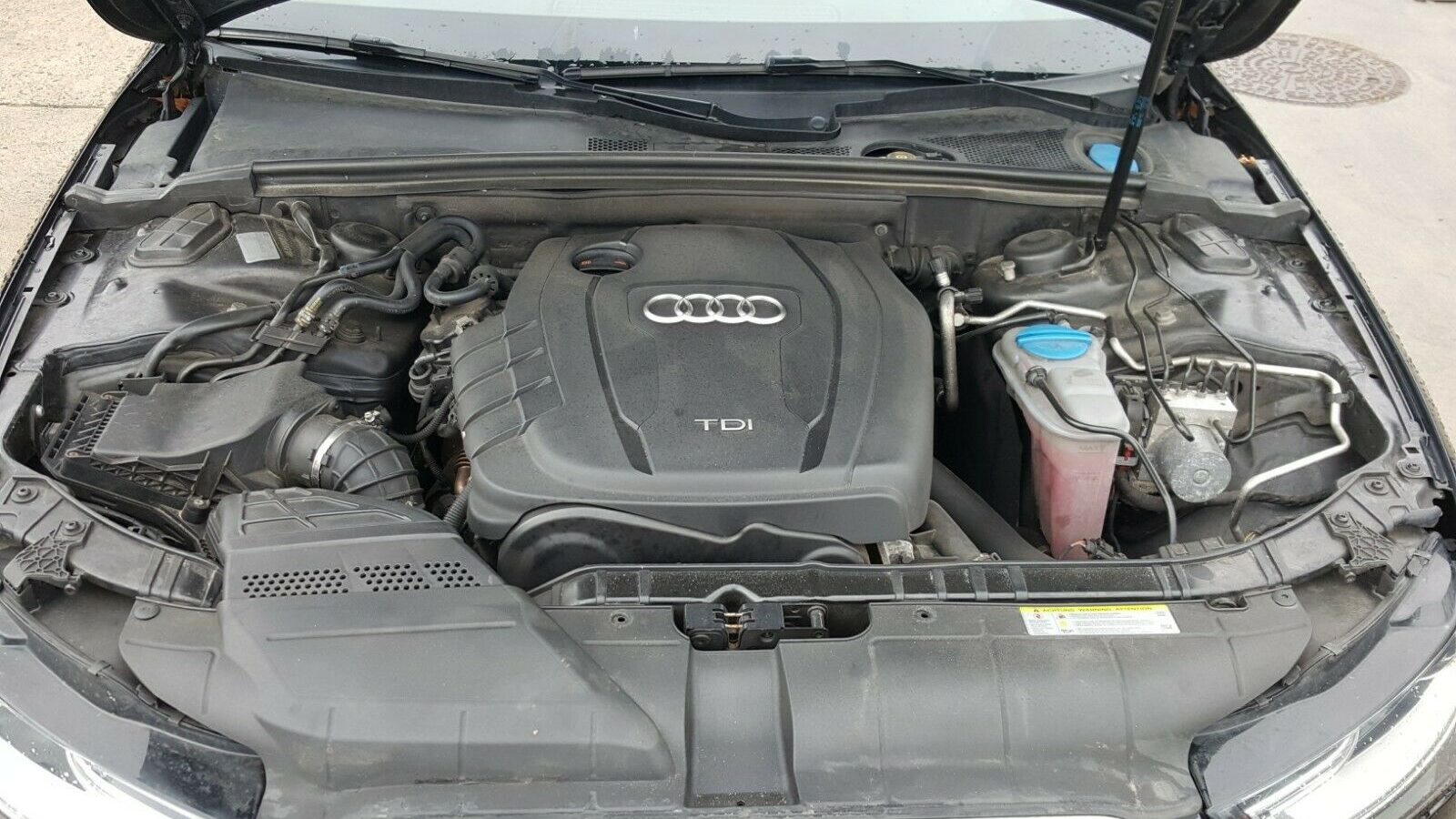
The diesel engines don’t have much issues, just keep in mind that:
-The infamous Bosch CP4 high pressure fuel pump can fail mainly in the 2.0 TDI 4 cylinder engines made to 2012 (but the 2.7 V6 TDI and the 3.0 V6 TDI are more or less affected as well). This issue happens mostly because of the different quality fuel used in Eastern Europe or in the US. If the high pressure fuel pump fails it will throw small metal particles in the fuel system, thus destroying the injectors and sometimes these particles will contaminate the fuel tank as well. So in this case the whole or just certain parts of the fuel system including the injectors and the high pressure fuel pump have to be replaced.
2.0 TDI: up to 6 000 € to change the HPFP, injectors and to clean the fuel system at the dealer
“Price for a new HPFP only is from 700 € to 1800 €”
All in all – with the not proper fuel the HPFP can fail even after 150 000 km, but with the correct fuel it can last way over 300 000 km. There really isn’t much to do to prevent this issue, but you can at least use high quality fuel, don’t drive with low fuel level, and using good fuel additives designed for modern diesel engines with DPF filters is also advised.
You can find more information about this This CP4 high pressure fuel pump in the used BMW X5 F15 review.
Other issues:
-If you are buying the 2.0 TDI made to 2009 which has around 200 000 km then it’s good to drop the oil pan and check out the oil pump drive shaft for wear since these early engines can be still equipped with not the latest revision of this part. (A well known issue in the VW Passat B6 too)
-The 2.7 l and the 3.0 l V6 are good engines, but they have these intake manifold flaps which can sometimes fail. The flaps can be stuck, loose or the actuator motor can be faulty. In this case you get only a check engine light, so the car will drive fine. The whole intake manifold part is obviously expensive-around 500€, but you can find repair kits for a much reasonable price.
-Then it’s also good to check and eventually replace the crankshaft pulley vibration damper in cars with the 2.7 V6 TDI and the 3.0 V6 TDI which were used on winter salty roads. Since over time the inner part of the pulley will rust out and separate from the outer part. This will leave you stranded because the accessory belt will jump off so it’s better to check this pulley before you will wonder what the hell happened.
The injectors can be faulty on all of the diesel engines, but usually just after 200 000 km. In this case you can most of the time notice a couple of signs like the occasional light grey smoke from the exhaust while acceleration or at idle, and also a slightly bouncing idle when the engine is warmed up.
Genuine injectors for these diesel engines – from 630 € / 1 piece

Timing belt / chain
All the engines are equipped with timing chains except the 2.0 l diesel engine.
You should be prepared to replace the chain mechanism after 200 000 km since after this mileage point the tensioner and the chain itself can be worn out in all of the petrol engines. The 4 cylinder petrol engines made to 2012 can have worn chain earlier but I already mentioned that.
The 2.0 l diesel engine has a timing belt. The original interval to change it is at 180 000 km/eventually at 210 000 km, but it’s a better idea to replace it at around 150 000 – 160 000 km with all the pulleys, pulley screws and the water pump.
Transmissions
This A4 can be equipped with the 6 speed manual gearbox or there are 4 types of automatic transmissions.
6 speed manual
-The 6 speed manual is reliable, however check the clutch properly before buying – It should operate smoothly without any kind of strange noises, vibrations or shuddering since there are numerous cases of worn Dual mass flywheel even at around 100 000 or 150 000 km which can, except the already mentioned symptoms, also cause vibration at idle or metallic clattering sounds from the gearbox area. To extend the lifetime of the dual mass flywheel you should always: release the clutch calmly rather than releasing it suddenly, and never let the engine to operate at low RPM – so make sure that while driving the RPM stays above 1 400 RPM!
“2.0 TDI new clutch + DMF – approx. 2 500€ at the dealer, new DMF only – 1000 €”
Tiptronic
-From the automatic transmissions the most reliable are the regular 6 speed or the newer 8 speed Tiptronic. Although both of them can have worn torque converter after 200 000 – 250 000 km (bad torque converter symptoms – shuddering, fluctuating RPM, excessive gear slipping, hesitation).
Multitronic
-The Multitronic is a CVT gearbox and it’s much more reliable than in the previous model, which means that it can withstand even more than 300 000 km, but only with regular oil changes and with a regular driving style. Without regular oil changes and with more aggresive driving it can fail after 150 000 km or before this mileage point.
Don’t buy a Multitronic gearbox in a car which has more than 100 000 km if the previous owner never changed the oil in it.
S-tronic
-And lastly, there is the S–tronic dual clutch gearbox which is again not that reliable, although it shifts really fast so it’s great for dynamic driving. If you experience shuddering, hesitation or not smooth shifting then most probably the mechatronics unit / conductor plate will be faulty since this failure is the most common in these transmissions (although other mechanical failures can occur too, mainly coming to 200 000 km).
If you are buying a car with the dual clutch S–tronic gearbox then pay attention if the car has a tow hook or not, since the lifetime of the clutches in this particular gearbox can be much shorter if the car was used for towing. On abused cars the issues can occur sometimes even before 100 000 km. To extend the lifetime of this gearbox you should change the oil in it regularly after 40 000 km and avoid hard accelerations from stand still – this way it should withstand 200 000 km or more without issues.
All of the automatic transmissions have to change gears without shuddering, strange sounds, fluctuating RPM + they have to be smooth and especially the Multitronic has to be perfectly smooth all the time.
Last 2 bonus things to check:
–check the if the steering remains straight on a straight road: because cars made from 2011 are equipped with electronic power steering, and there are numerous cases when owners complained about a slight pulling to one side even if the wheel alignment was done properly. This issue was mostly fixed by updating the power steering software, but some owners got a new steering rack under warranty.
-cars made to 2011 are equipped with the conventional hydraulic power steering which is usually ok, but on early cars made to 2010 it’s good to check for shuddering at low speed parking / turning the steering wheel, since they can have issues with this + occasionally check also the power steering fluid level.
To summarize things up:
- if you want a 4 cylinder petrol engine then the best is to choose a car with the latest version of 1.8 l TFSI or a car made from 2013
- change all the fluids in time
- buy only a car with a proper maintenance history
- find a good independent specialist
- keep at least 2 000 € for the possible repairs (But if you are buying a car which have around 200 000 km or an early 4 cylinder petrol model, then you should keep at least twice that much money)
If you have personal experience with this car or more information about it then you can write it into comments!




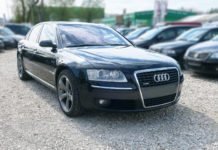
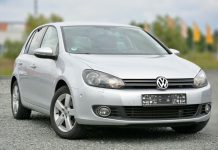

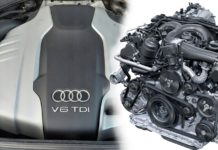
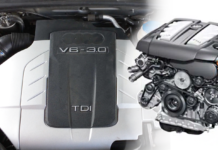





Great review. Thank you
A great review!
I wish I had read these reviews before I got myself into this mess of buying a A4 1.8T 2010 model as my first car worse of all…this car is draining my pocket…and who buys a car with so outdated technology? No Aux, no Bluetooth, no Nav…I mean really!!!? An the oil consumption!! that one is just killing me… The car drives nice but it lacks everything else… Cloth interior … I feel so dumb, ?I wish someone can just take it off my hands.
I was not owner of this piece of junk personally but saw many victims of this “Made in Germany”. This was more than enough to me, and I’ll never get in touch with german automakers.
I’m considering buying a 2012 a4 currently. This review has me a bit uneasy now. Seems that a couple of the major issues were fixed by Audi before the 2012 models?
I have 2.0 diesel for a while:) now with 360000km, and I’m pretty happy, car is more exclusive then other options from vw group and money for Servis is pretty the same …
Own Audi A4 B6 1.9 TDI – 185000 and still very reliable with regular servicing should get to 200K
Replaced alternator clutch and flywheel front wings( rust but nowhere else) looking at replacing with b8 Avant TDI but not so sure now . Great article very informative.
Just an update but sold my Audi A4 B6 Avant which after more expenditure to pass mot was no longer viable- its fair to say ownership has been mixed – lovely car when everything works but often too many problems latest being central locking.Bought another Audi A4 Avant B8 (2012) version with 95000 on clock and have done about 8 K with no issues (had annual service plus changed 2 tyres) and so far no issues so will see how things go. I like German cars for design and engines but there are much better makes for running costs ( Ford) and reliability but it’s each to their own.
Here in India, I’m getting a 2008 A4 (B8) Quattro with the 3.2, 265Hp Petrol engine which done only about 50000 kms, 30000 miles (roughly). Is the engine considered reliable? Please give me a fair idea about how reliable this car would be to keep for the next 10 years, assuming it’s been taken care of by the current owner.
IG: bhangu_5
!!!!!BUY THE FACELIFT ONLY!!!!!
THANK ME LATER